Calella de Palafrugell
Published: 26.10.2024








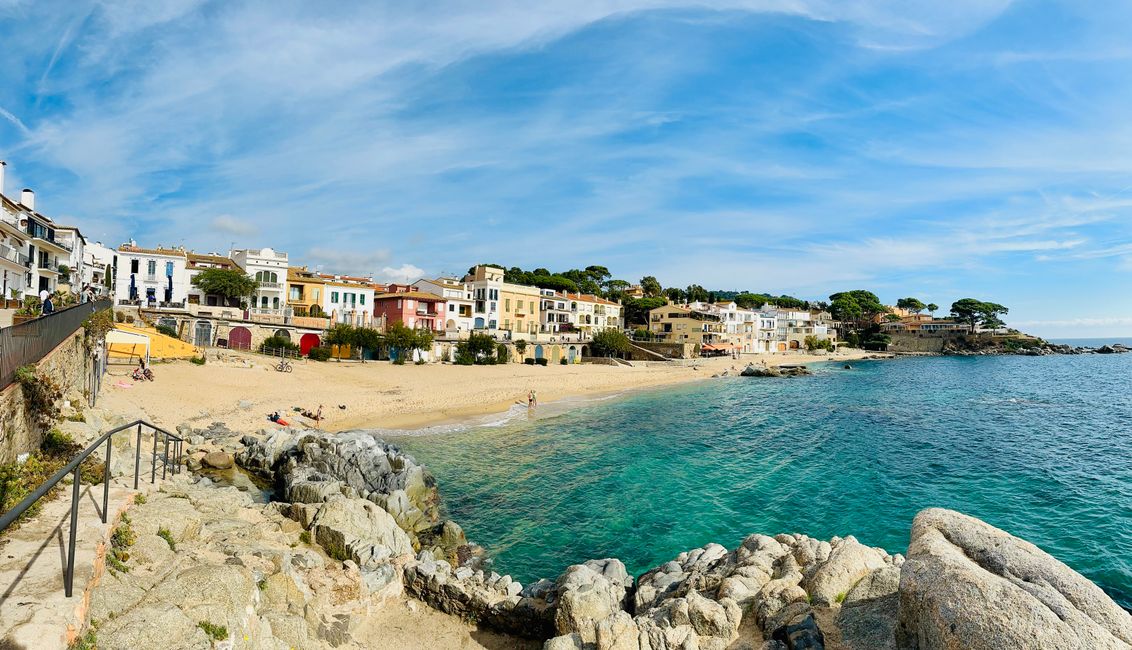








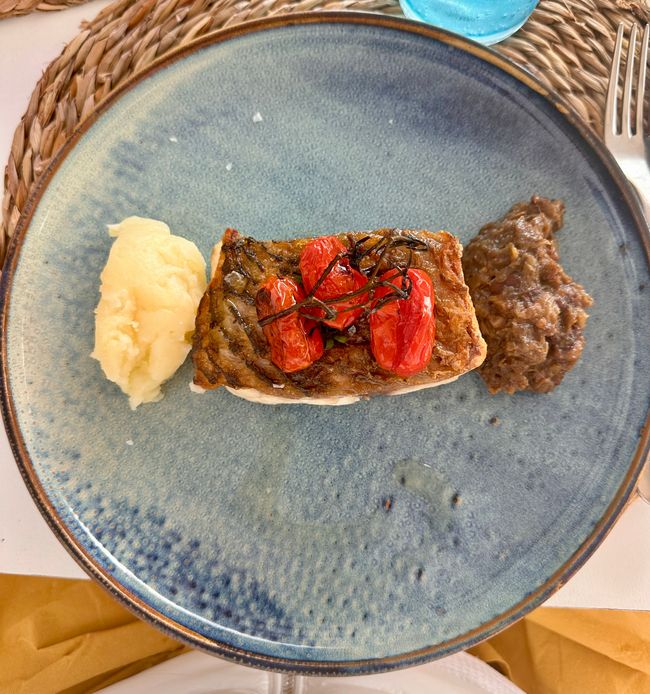


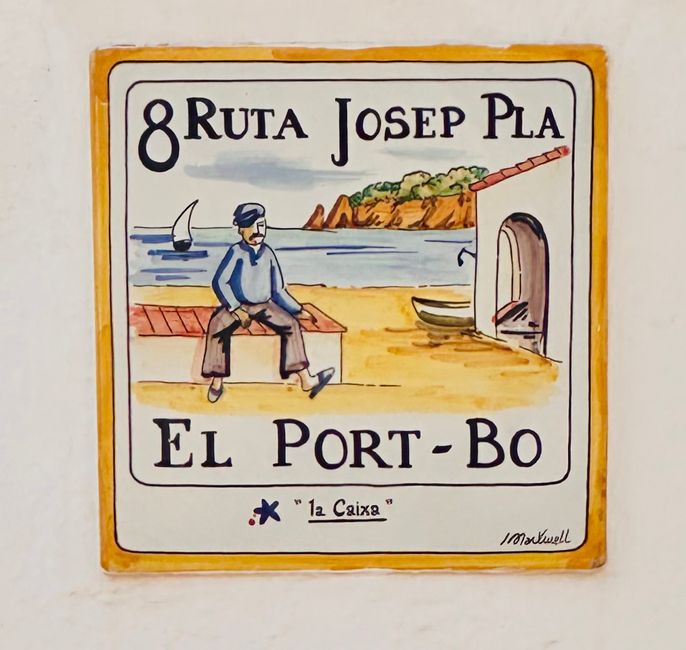
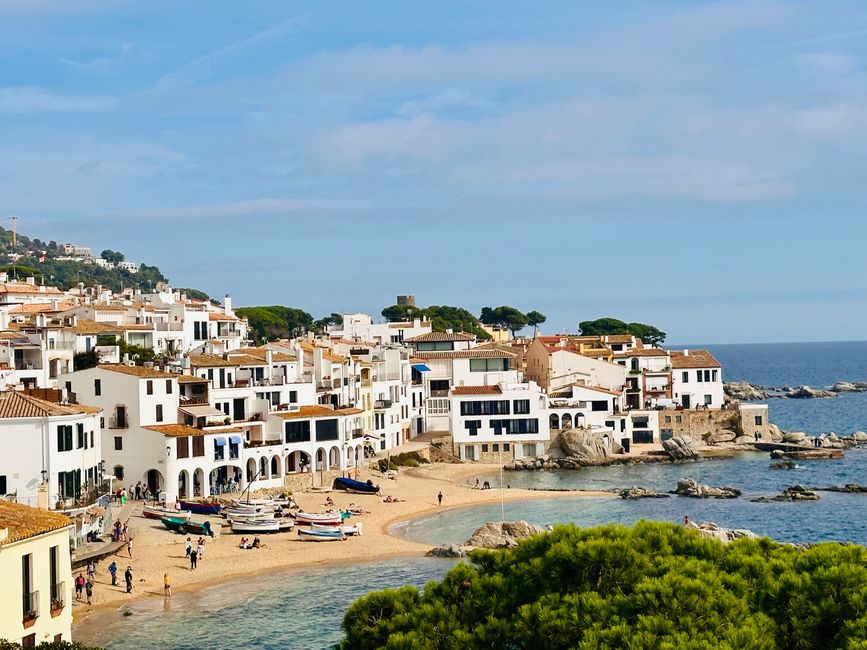



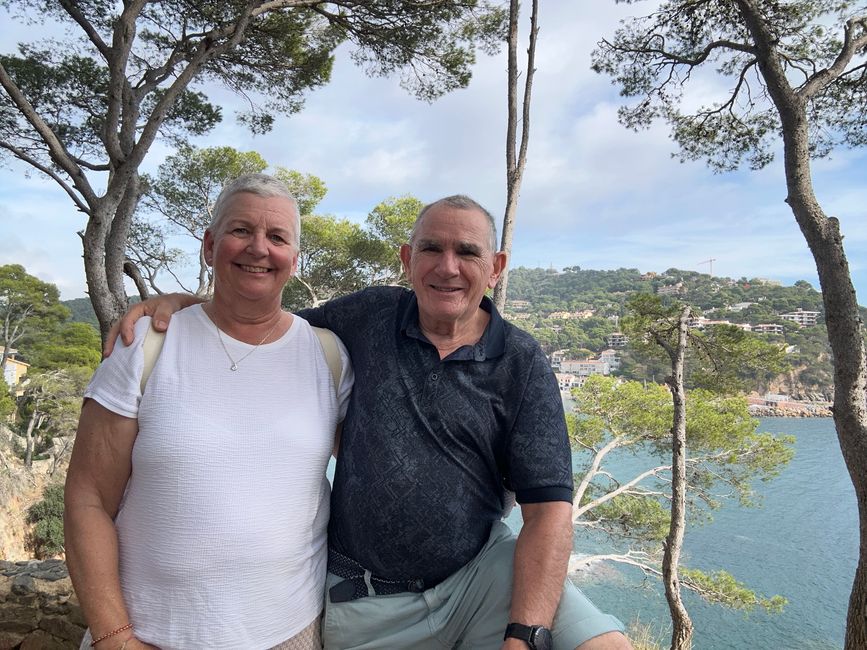

Subscribe to Newsletter
Today we started our day in nice but windy weather. We planned an outing to the sea.
On the recommendation of a golfer, we went to Calella de Palafurgell. He lives there for three months each year and spoke very highly of this beautiful little town by the sea. Indeed, we were overwhelmed by the view of the picturesque Calella with its white arcades and colorful boathouses. No high-rises or architectural blunders, finally a view that meets our expectations for a seaside vacation spot.

Today, we are again walking a stretch of the Camina Ronda GR-92 from Platja de Sant Roc els Canyers to Llafranc along the coast, passing by many coves and small beaches.

Calella de Palafrugell is a former fishing village with small coves that has preserved its original charm. Calella is one of the few places where the atmosphere typical of the villages in this area is still palpable, before mass tourism took hold. Here you find narrow alleys, roofs covered with tiles, and some of the typical two-story fishermen's houses. This old fishing village lies on a rocky coast strewn with small coves.
The colorful, round doors in the walls along the beaches of Calella de Palafrugell are traditional boat or fisher houses that were once used by local fishermen. These small storage areas built into the rocks and walls served as safe havens for fishing boats, nets, and equipment. Since the coast is often rocky, these houses provided a safe place to store boats directly on the beach, allowing fishermen quick access to the water.

The Caribbean vibe here is not just an illusion; it has a history. Many people from Calella emigrated to Cuba and returned here after Spain lost the colony. If these 'Americanos' or 'Indianos', as they were also called, had become wealthy in Cuba, they built magnificent new houses.

The white houses and the arcades at Port Bo attract many visitors. The arcades, the square, and the beach of Port Bo are a great example of traditional architecture and one of the most photographed corners of Calella.

At the beach of Port Bo, colorful fishing boats are lined up. The beach was once the natural harbor of Palafrugell and the center of trading and fishing activities. The vaults date back to the 19th century and served as a refuge for fishermen, where they mended their nets and chatted with friends.

Today we had a great lunch at La Blava, a typical restaurant.


Today, many of these boathouses have been restored and retain their characteristic colorful doors, painted in different colors, which give the beaches their unique charm. They are no longer in full use, but some are still functional, while others serve merely as a nostalgic reminder of the fishing tradition of the village.

In Llafranc, we turned back and walked back.
Llafranc is a beautiful bathing and resort area with a degree of exclusivity. Just over 300 people have their primary residence here. All others come in the summer, mainly on weekends, to their holiday homes, then the number increases tenfold.
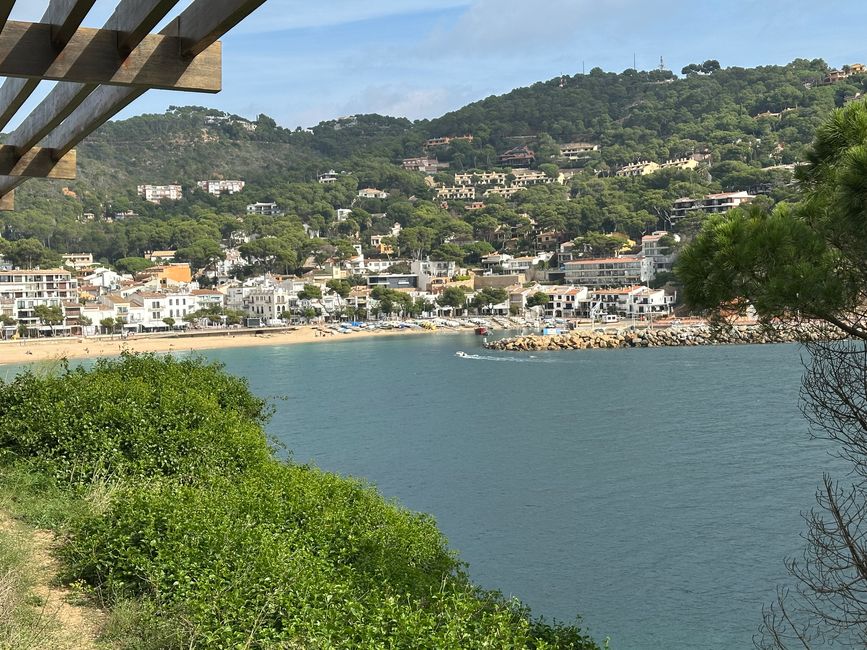
We were impressed by Calella. We actually wanted to walk to the Faro de Sant Sebastià. The steep cliff prevented us from doing so, and we later drove there by car.
The lighthouse of Sant Sebastià (Faro de Sant Sebastià) sits on a steep cliff soaring about 169 meters above the sea, offering a spectacular panoramic view of the coast and the Mediterranean Sea.

The lighthouse was built in 1857 and with a range of about 32 nautical miles (approximately 60 km), it is one of the strongest lighthouses in Spain.
The lighthouse is still in operation and is currently automated, like many lighthouses around the world, and no longer requires a permanent crew on site. Therefore, there is a restaurant in the premises.

A beautiful day is coming to an end, today without a sunset. Tomorrow it is supposed to rain. We will see, a rest day wouldn't be too bad.

Subscribe to Newsletter
Answer

Travel reports Spain

